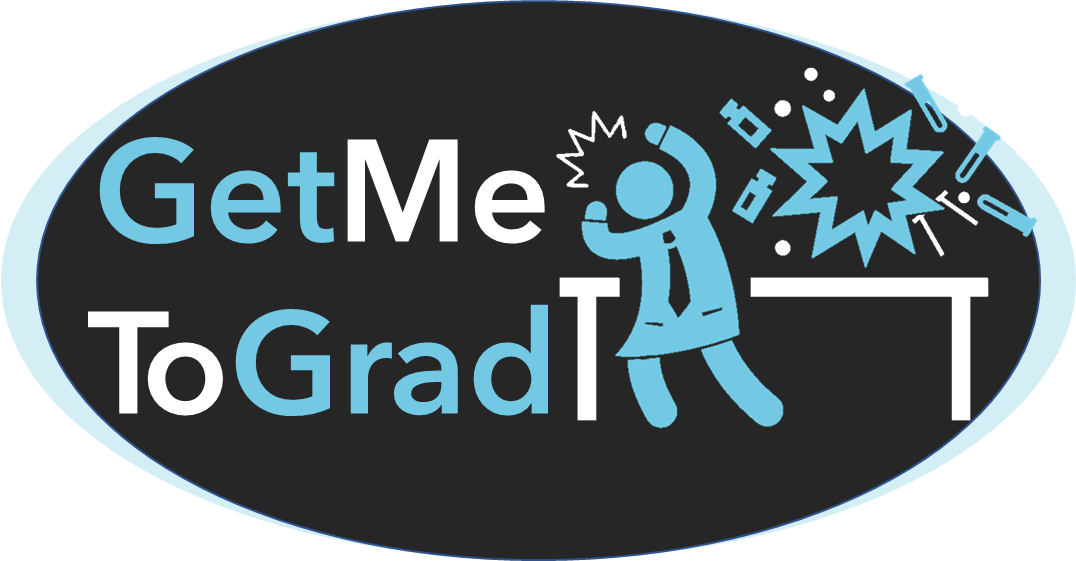How to use Google Scholar and Web of Science to identify potential graduate programs and advisors
This article is a part of a series on Finding Programs and Labs to Apply to for Graduate School. Figuring out where to apply is one of the most daunting tasks most grad-school-seeking folks run into. It is also one of the biggest deterrents. Many people never get to grad school because they can’t find a school that will 1) suit their academic needs and 2) admit them! See here for the introduction to the series.
How to use Google Scholar and Web of Science to identify potential graduate programs and advisors
While networking is a great way to find potential advisors, programs, and universities… we don’t all have great networks. And, once we have a list going of potentials, we want to keep expanding that list.
Maybe your sub-discipline is very specific and cross-disciplinary. It can be hard to find potential programs through word of mouth alone. Searching arbitrarily on google for “university grad schools doing nanoparticle fluid dynamics” will definitely lead you down a long and fruitless path to nowhere.
Instead, there are several fantastic search features available that you can tap into.
Google Scholar and Web of Science are two search engines for finding primary academic literature. Most people have their preference between the two- but both can be used for our purposes.
The idea here is to find out who is collaborating with the people on your current list. Because, odds are, they could be great labs at great universities that you would never find out about through word of mouth alone.
I am going to use the example of my own lab. My advisor is Dr. Kerry Naish. We study conservation genomics of marine species, particularly salmon.
Let’s say that someone recommended Dr. Naish to you as a potential professor. Let’s say you are interested in population genetics and would like to add to your list of potentials. We can use this professor’s publication record to find other people in the same field!
Web of Science:
Web of Science is a great tool and I would highly suggest using it throughout your academic career. However, you may or may not have access to it through your institution.
Start with their search function. Search by Author and select a year range (10-15 years should be good). Type in the name of a professor you might be interested in working with.
This will turn up thousands of results in many different fields and categories. You’ll want to narrow these results by only selecting ‘Web of Science Categories’ that are relevant to your interests. Select ‘Web of Science Categories’ on the menu on the left, and select ‘more options/values’
Now, there may be some authors in there with the same last name as your potential PI. Filter these out with the “exclude” function.
Now you have a big list of authors to look into!
Not only that! But you have a big list of universities and organizations to look into as well!
Using Google Scholar is very similar, if you don’t have access to Web of Science
Search for a professor
Go to their user profile if they have one set up
View all Co-authors
This will bring you to a long list of their co-authors! Most should have their affiliations listed as well!
If you find articles that are right up your alley and you’d like to see more like them- click “Related Articles” and look at the authors on those papers as well!
These easy search functions are severely underutilized by potential grad students. Use them to find programs and professors you have never heard of and to read up on the relevant literature in your field!
Some tips to help you along the way:
It is very possible that many of the top-listed co-authors will be post-doctoral students and grad students of your potential PI. Cross reference your search list with their lab website if they have one! These would be great people to talk to about the potential PI, but probably don’t have labs of their own yet
Beware of reaching out to multiple professors studying similar things in the same field… not that it is off the table, but many professors work very closely together- so just tread carefully
In many fields, professors will also publish with non-university scientists, such as those from government agencies. These might be well-published career scientists, but they may not have graduate students in their labs. However, they may be good people to contact about their experience with graduate school and for more suggestions of professors to look into
There are lots of search and filtering functions built into google scholar and web of science, I have only gone over a few basic ones here. Be sure to explore more on your own!
Lastly, when in doubt- start reading (*skimming*) literature from your potential field. Find the articles you find most interesting, and look through the literature cited section to find more interesting and related articles. This can be more time consuming than using a search engine- but you will be able to focus much more closely on specific topics as you start delving into the literature












